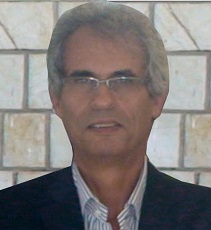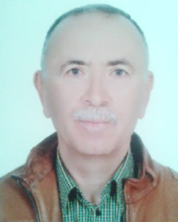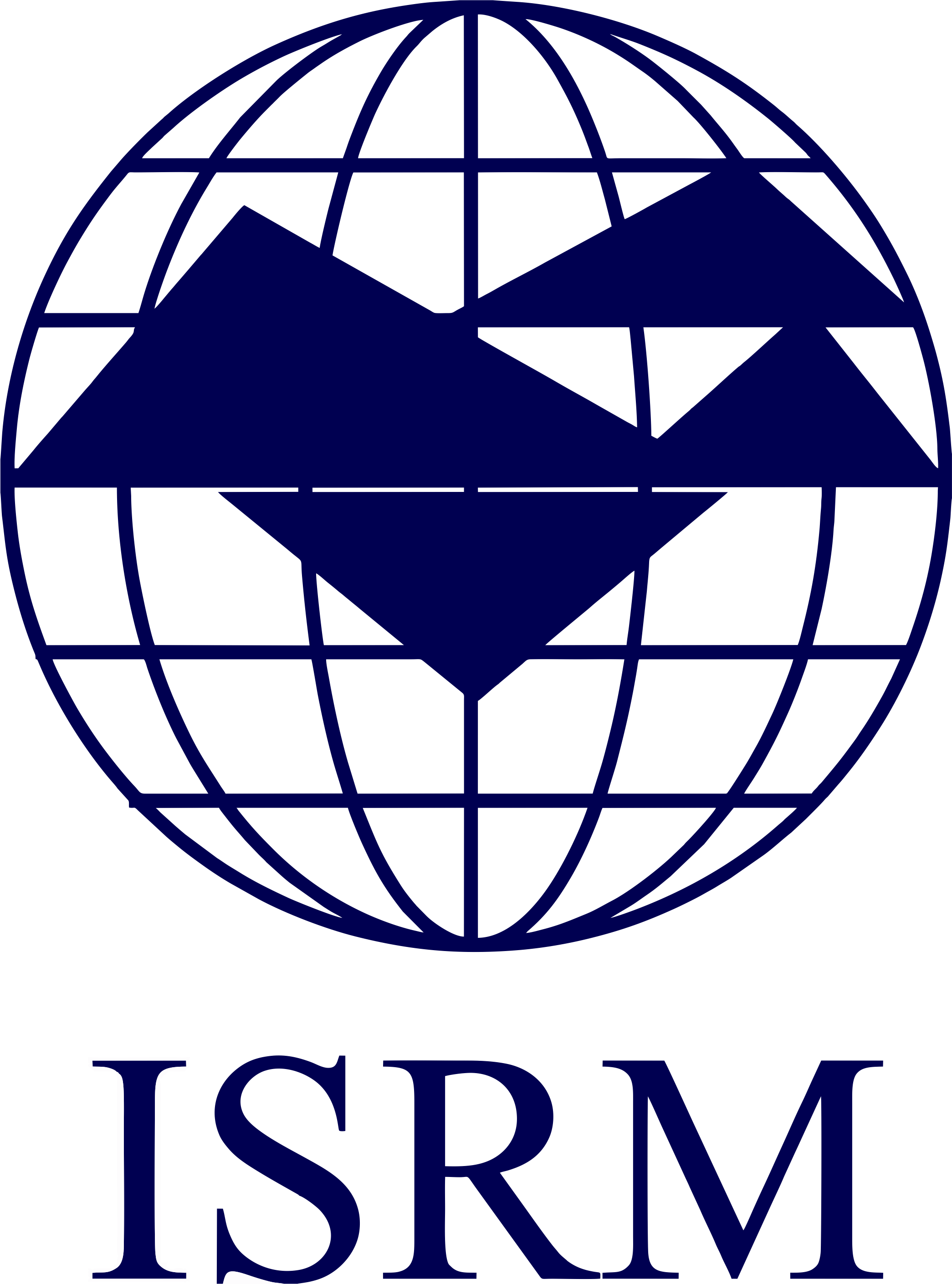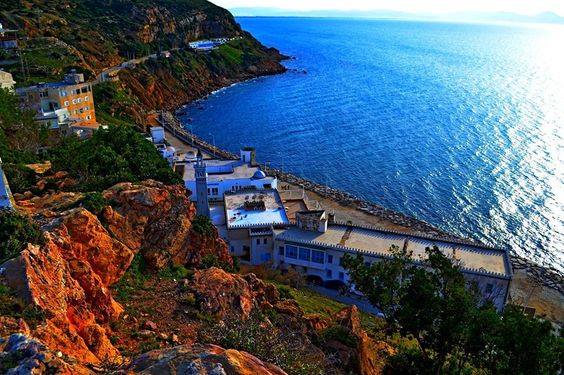INVITATION
On behalf of the organizing committee, I am delighted to invite you to participate to the International Conference on Advances in Rock Mechanics (TuniRock 2022) to be held in Hammamet, Tunisia, on March 25-27, 2022.
This Conference aims at bringing together researchers and engineers around the most recent advances in Rock mechanics and Rock engineering applications. The exciting program that the Tunisian Society for Rock Mechanics prepared includes technical and scientific sessions, keynote lectures, one-day workshops and technical field trips. We believe that you will also enjoy participating to post-Conference excursions in the region.
The participants will have a chance not only to discuss technical issues but also to socialize during the conference dinners and discuss future events. The attendance of experts in rock mechanics will result in formation of a very strong technical program on Rock mechanics advances and will also provide guidance for the next conferences
Pr. Essaieb HAMDI
Chairman of TuniRock 2022
Keynotes

Hedi SELLAMI
Mines Paris - PSLAdvanced techniques for deep hard rock geothermal drilling
Geothermal energy harnesses the heat of rocks to convert water to steam and supply an uninterrupted power as opposed to wind and solar energy sources. This makes geothermal energy a leading candidate for a carbon neutral, efficient and a reliable source of renewable energy supply across the globe. However, the current drilling methods to reach the rocks at a depth of more than 4 Km are slow and inefficient – making geothermal sources supply less than 2% to the global energy share.
The growth of deep geothermal energy requires reducing the unit cost of drilling by 30% by developing a technology capable of drilling 3 or 4 times faster than conventional drilling techniques, which is a very ambitious goal. We will mention some of these novel rock breaking processes, in particular a method, we named “Self-Relief-Drilling ”, based on a principle to ‘free’ the deep rock from existing concentrated stress at the bottom-hole in the immediate vicinity of the drilling bit, allowing for an easier rock-cutting action. The new technique combines two, previously separate, mature technologies: High Pressure Water Jetting and Percussive Drilling, in a system customised for hard rock geothermal reservoirs to depths of 6 km.

Hedi SELLAMI
Mines Paris - PSL
Reşat ULUSAY
Hacettepe University, Department of Geological Engineering Ankara, TurkeyRock Characterization and Testing and Future Trends: Highlighting the ISRM Suggested Methods
In rock mechanics and rock engineering, the models developed depend considerably on the input data such as boundary conditions, rock material and rock mass properties. Correct characterization and evaluation of the properties of rock material, discontinuities and rock mass frequently requires laboratory and in-situ tests, supplemented with a high degree of experience and judgment.
Accordingly, since 1974, ISRM has spent considerable effort in developing a succession of the ISRM Suggested Methods (SM) for different aspects of rock mechanics. This paper emphasizes the need and importance of standardization of rock characterization and testing methods within the context of the ISRM SMs and briefly discusses near future trends in rock characterization and testing.
Keywords: Rock mechanics, ISRM, rock testing, rock characterization, SM.

Reşat ULUSAY
Hacettepe University, Department of Geological Engineering Ankara, Turkey
Farhat REKHISS
Sfax University, Department of Geological Engineering Sfax,TunisiaStress, Structures and deformations:The case of the western Mediterranean Sea and its surrounding area
The deformed structures of the western Mediterranean Sea are big scale structures. They are larger than the field structures and experimental ones obtained in the laboratory.
These structures are related to the extensional and compressional phenomena that happened during the Africa and Europe collusion. This means that the Opening and the extension of the western Mediterranean Sea was happening when the Alpine chain took place in the surrounding zone of this basin.
So, the structural and geodynamic evolution of the domain between Europe and Africa was commanded by an Extension/Compression system which evolved in space and time since, at least, 30 Million years ago.
This study resulted from many field trips and cruises on the Tunisia-Sardinia margin using seismic reflection, litho-stratigraphic study and rock and mineral analyses.

Farhat REKHISS
Sfax University, Department of Geological Engineering Sfax,TunisiaOne day Pre Conference Course
Fundamentals of Rock Slope Stability Analysis using Numerical Methods Learn More

THEMES
- Properties of fractured rock: laboratory testing and site investigations
- Geophysics in rock mechanics
- Rock mass strength and failure
- Nonlinear problems in rock mechanics
- Effect of joint water on the behavior of rockfoundation
- Numerical modeling and back analysis
- Mineral resources development: methods and rock mechanics problems
- Rock mechanics and underground construction in mining, hydropower industry and civil engineering
- Rock mechanics in petroleum engineering
- Geodynamics and monitoring of rock mass behavior
- Risks and hazards
- Rock mechanics for environmental engineering
- AI application in rock mechanics
-
Scientific Committee
- Essaieb Hamdi, Tunisia (Chairman)
- Amade Pouya, France
- Amjad Kallel, Tunisia
- Doug Stead, Canada
- Fetheddine Melki, Tunisia
- Georgios Anagnostou, Switzerland
- Hatem Gasmi, Saudi Arabia
- Hédi Sellami, France
- Houcem TRABELSI , Tunisia
- Jean-Louis Durville, France.
- José Angel Sanchidrian, Spain
- Karim Miled, Tunisia
- Louis N.Y. Wong, Hong Kong
- Manuel Pastor, Spain
- Michel Chalhoub, Lebanon
- Mohamed Laid Boukelloul, Algeria
- Mounir Bouassida, Tunisia
- Najla Romdhane, Tunisia
- Nick Barton, Norway
- Olivier Fouché Grobla, France
- Oualid Limam, Tunisia
- Ricardo Castedo, Spain
- Sergio da Fontoura, Brazil
- Tarek Kormi, Tunisia
- Zoubeir Lafhaj, France
- Zied Saada, Tunisia
-
Advisory Committee
- Reşat Ulusay, Turkey
- Michael du Plessis, South Africa
- Suseno Kramadibrata, Indonesia
- Sevda Dehkhoda, Australia
- Leandro Alejano, Spain
- José Pavon, Paraguay
- Laura Pyrak-Nolte, USA
- Ömer Aydan, Japan
- Yang Qiang, China
- Vojkan Jovičić, Slovenia
- Luis Lamas, Portugal
-
Organizing Committee
- Dr Salma Souissi (Chair)
- Dr Kais Ben Abdallah (Co-chair)
- Dr Nesrine Gabsi (Secretary General)
- Prof. Amjad Kallel
- Prof. Fetheddine Melki
- Prof. Essaieb Hamdi
- Dr Sofiene Ezzeiri
- Dr Montassar Ben Slama
- Dr Noureddine Rhayma
- Dr Imen Belhaj Ali
- Mr Karim Elleuch
- Ghada Snoussi
Organized by
.png)

Academic partners










